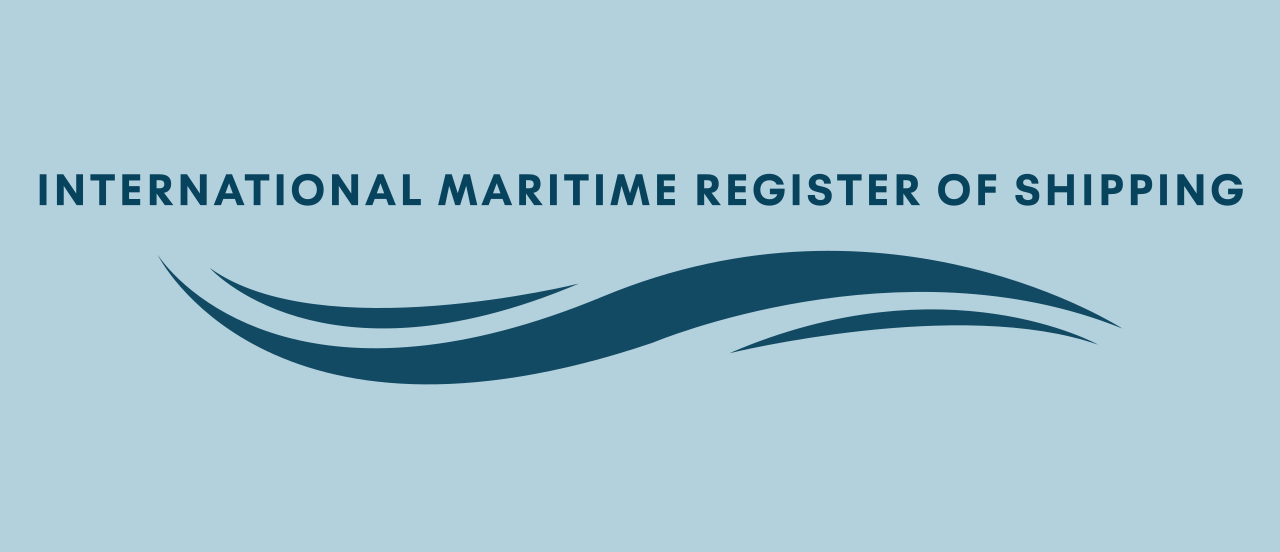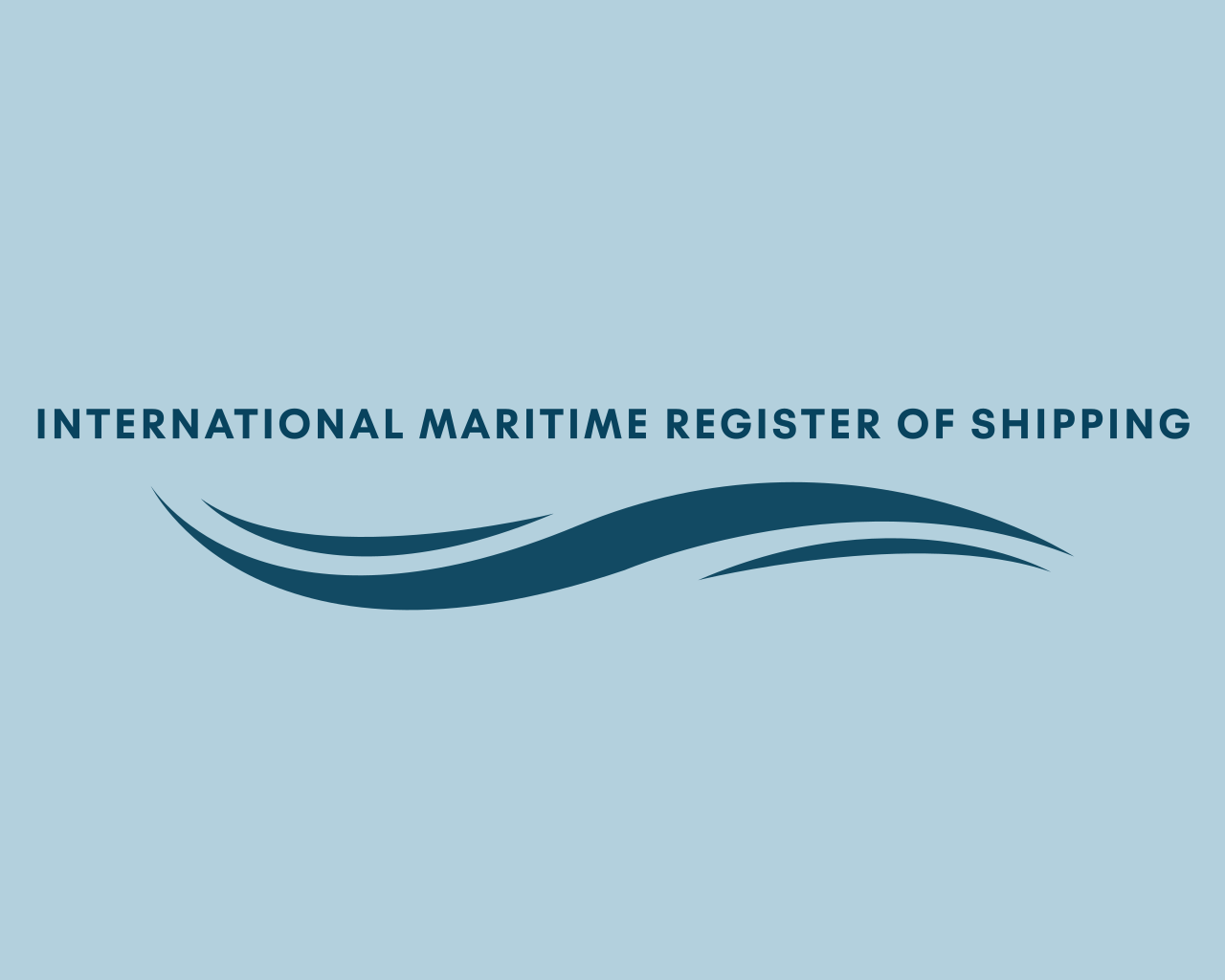The International Convention for the Safety of Life at Sea (SOLAS)
Statutory
The International Convention for the Safety of Life at Sea (SOLAS) entered into force on May 25, 1980
The convention applies to:
Passenger ships: SOLAS regulations cover passenger ships carrying more than 12 passengers on international voyages.
Cargo ships: SOLAS also applies to cargo ships of 500 gross tonnage (GT) or more engaged in international voyages.
Tankers: Specific SOLAS requirements apply to tankers engaged in the transportation of oil, chemicals, liquefied gases, and other hazardous or noxious substances. This applies to tanker regardless of their size
- Cargo high-speed craft with a length of 24 meters or more
The International Convention for the Safety of Life at Sea (SOLAS) stands as one of the most critical treaties governing maritime safety. Enacted in response to maritime disasters and aimed at preventing future tragedies, SOLAS sets out comprehensive regulations covering various aspects of ship design, construction, equipment, and operation. This essay explores the history, objectives, provisions, and significance of SOLAS in safeguarding lives, property, and the marine environment.
Historical Context: The origins of SOLAS trace back to the early 20th century, a period marked by several maritime disasters, including the sinking of the RMS Titanic in 1912. These tragedies underscored the urgent need for international cooperation to enhance maritime safety standards. Consequently, the first SOLAS convention was adopted in 1914, followed by subsequent revisions in 1929, 1948, and 1960. The current version, SOLAS 1974, entered into force in 1980 and has since undergone numerous amendments to address evolving maritime risks and technological advancements.
Objectives: The primary objective of SOLAS is to establish minimum safety standards for ships engaged in international voyages. These standards encompass various aspects, including ship design, construction, equipment, navigation, and operational procedures. By ensuring compliance with SOLAS regulations, the convention aims to prevent accidents, casualties, and environmental pollution, thereby promoting maritime safety and security on a global scale.
Provisions: SOLAS covers a wide range of provisions aimed at enhancing ship safety and operational efficiency. Key areas addressed by the convention include:
Ship Construction: SOLAS sets forth requirements for ship design and construction, including structural integrity, stability, fire safety, and lifesaving arrangements. These provisions dictate standards for hull strength, compartmentation, fire detection and suppression systems, as well as the provision of lifeboats, life rafts, and other survival equipment.
Navigation and Communication: The convention mandates the installation of navigation and communication equipment to facilitate safe navigation and efficient maritime traffic management. This includes requirements for radar, electronic chart display and information systems (ECDIS), automatic identification systems (AIS), and global maritime distress and safety systems (GMDSS).
Safety Management: SOLAS requires shipowners and operators to implement effective safety management systems (SMS) to identify, assess, and mitigate operational risks. This involves developing procedures, protocols, and training programs to ensure the safe operation of vessels and the protection of crew, passengers, and the marine environment.
Pollution Prevention: SOLAS contains provisions aimed at preventing marine pollution from ships, including regulations governing the discharge of oil, sewage, garbage, and harmful substances. These measures seek to minimize the environmental impact of shipping activities and promote sustainable maritime practices.
Significance: SOLAS holds immense significance for the maritime industry and global shipping operations. By establishing uniform safety standards and regulatory requirements, the convention enhances the safety and security of vessels, crew, passengers, and cargo. Moreover, SOLAS promotes international cooperation and collaboration among maritime stakeholders, fostering a culture of safety and continuous improvement in the industry.
Furthermore, SOLAS plays a crucial role in facilitating international trade and commerce by instilling confidence in the reliability and safety of maritime transportation. Compliance with SOLAS regulations is mandatory for ships engaged in international voyages, ensuring a level playing field for shipowners and operators worldwide. Additionally, SOLAS contributes to the protection of the marine environment by reducing the risk of maritime accidents and pollution incidents, thereby supporting sustainable development and marine conservation efforts.
Conclusion: The International Convention for the Safety of Life at Sea (SOLAS) stands as a cornerstone of maritime safety regulations, embodying the collective commitment of the international community to prevent accidents, protect lives, and preserve the marine environment. As the maritime industry continues to evolve, SOLAS remains indispensable for ensuring the safe and efficient operation of vessels worldwide. Through ongoing cooperation, compliance, and adaptation to emerging challenges, SOLAS continues to uphold its vital role in safeguarding maritime safety and security in the 21st century.
To ensure that these standards are implemented, specific certificates are issued to the ships after different types of surveys
These certificates are issued or authorized for issuance to recognized organizations
These certificates are:
- Cargo ship safety equipment certificate
- Cargo ship safety construction certificate
- Cargo ship safety radio certificate
- Passenger ship safety certificate
- Intact stability
- Damage stability
- Cargo securing manual
- Fire and safety plan
- Damage Control Plan
SOLAS contain the following chapters:
- Chapter I – General Provisions
- Chapter II-1 – Construction – Subdivision and stability, machinery and electrical installations
- Chapter II-2 – Fire protection, fire detection and fire extinction
- Chapter III – Life-saving appliances and arrangements
- Chapter IV – Radio communications
- Chapter V – Safety of navigation
- Chapter VI – Carriage of Cargoes
- Chapter VII – Carriage of dangerous goods
- Chapter VIII – Nuclear ships
- Chapter IX – Management for the Safe Operation of Ships
- Chapter X – Safety measures for high-speed craft
- Chapter XI-1 – Special measures to enhance maritime safety
- Chapter XI-2 – Special measures to enhance maritime security
- Chapter XII – Additional safety measures for bulk carriers
- Chapter XIII – Verification of compliance
- Chapter XIV – Safety measures for ships operating in polar water

